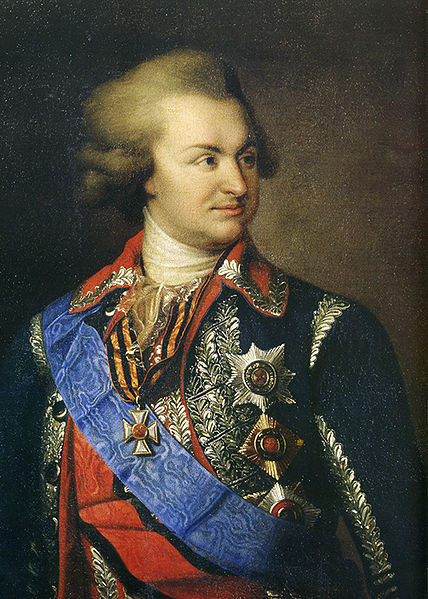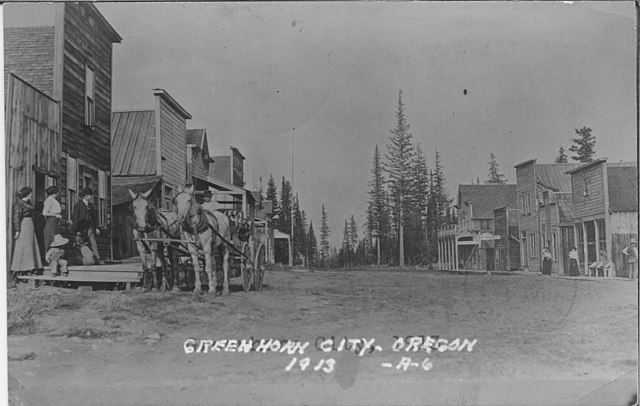In politics and economics, a Potemkin village is a construction whose purpose is to provide an external façade to a situation, to make people believe that the situation is better than it is. The term comes from stories of a fake portable village built by Grigory Potemkin, a field marshal and former lover of Empress Catherine II, solely to impress the Empress during her journey to Crimea in 1787. Modern historians agree that accounts of this portable village are exaggerated. The original story was that Potemkin erected phony portable settlements along the banks of the Dnieper River in order to impress the Russian Empress and foreign guests. The structures would be disassembled after she passed, and re-assembled farther along her route to be seen again.
Grigory Potemkin, namesake of the concept
The North Korean Peace Village, located inside the Demilitarized Zone, appears empty despite its advertised population of two hundred families.
False front commercial buildings in Greenhorn, Oregon, 1913
Motorists and pedestrians in Bothell, Washington, can see a forest-like view at this construction site.
Prince Grigory Aleksandrovich Potemkin-Tauricheski was a Russian military leader, statesman, nobleman, and favourite of Catherine the Great. He died during negotiations over the Treaty of Jassy, which ended a war with the Ottoman Empire that he had overseen.
1847 portrait, copy of an earlier work
A probably later portrait of a 35-year-old Potemkin at the height of his love affair with Catherine
The Empress Catherine (45) at around the same time
Potemkin's Tauride Palace in St. Petersburg







